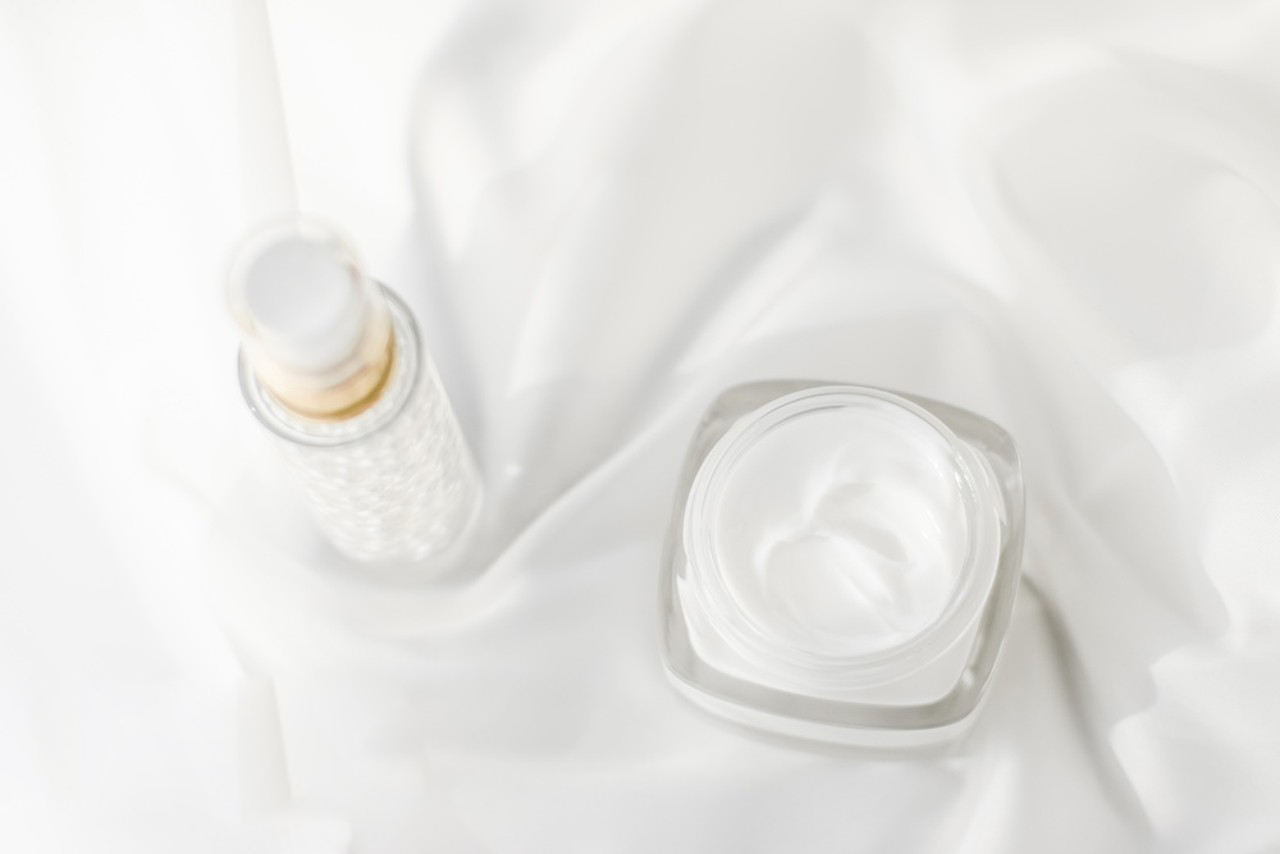Silk fibroin is a natural protein obtained from the fibers of silkworms and spiders. It has been the subject of extensive research due to its unique properties and potential applications in various fields, including medicine, textiles, and materials science. Here’s a comprehensive overview of silk fibroin:
- Structure and Composition:
Silk fibroin is primarily composed of proteins, with the amino acid sequence dominated by glycine, alanine, and serine.
It consists of heavy chains (H-chains) and light chains (L-chains) linked by disulfide bonds, forming a complex structure.
- Production:
Silk fibroin is typically harvested from silkworms or, in some cases, produced by genetically engineered bacteria, yeast, or plants.
The process of silk production involves boiling silkworm cocoons, which allows the extraction of the fibroin protein.

- Properties:
High tensile strength: Silk fibroin is known for its remarkable strength, which makes it stronger than steel on a weight-to-weight basis.
Biocompatibility: It is biocompatible and non-immunogenic, making it suitable for various medical applications.
Lightweight and flexible: Silk is lightweight and flexible, which makes it suitable for textile applications.
Biodegradability: Silk fibroin is biodegradable, which is environmentally friendly.
- Medical Applications:
Sutures: Silk sutures have been used for decades in medical procedures due to their biocompatibility and strength.
Tissue engineering: Silk fibroin is used as a scaffold for tissue regeneration, such as skin, bone, and cartilage.
Drug delivery: It can be used for controlled drug release due to its porous structure.
Wound dressings: Silk fibroin-based wound dressings promote healing.
- Textile Applications:
Silk textiles are valued for their luxurious feel and appearance.
They have excellent moisture-wicking properties and are comfortable to wear.
Silk fibroin can be blended with other fibers to enhance properties like durability and stretch.
- Material Science:
Silk fibroin has been used in various materials, including biodegradable films, coatings, and composites.
It has been explored for its potential in electronics, such as biodegradable and flexible electronics.
- Research Trends:
Ongoing research seeks to improve the scalability of silk production through genetic engineering and sustainable farming practices.
There is a focus on developing new biomaterials and medical devices utilizing silk fibroin.
Researchers are also exploring its potential in regenerative medicine, like organ and tissue engineering.

- Challenges:
Scalability of silk production remains a challenge.
Long-term degradation properties must be understood for various applications.
Ensuring consistent quality and purity of silk fibroin is critical.
In conclusion, silk fibroin is a remarkable protein with diverse applications and promising potential in fields like medicine, textiles, and materials science. Ongoing research aims to unlock its full potential and overcome existing challenges, paving the way for innovative applications in the future.
